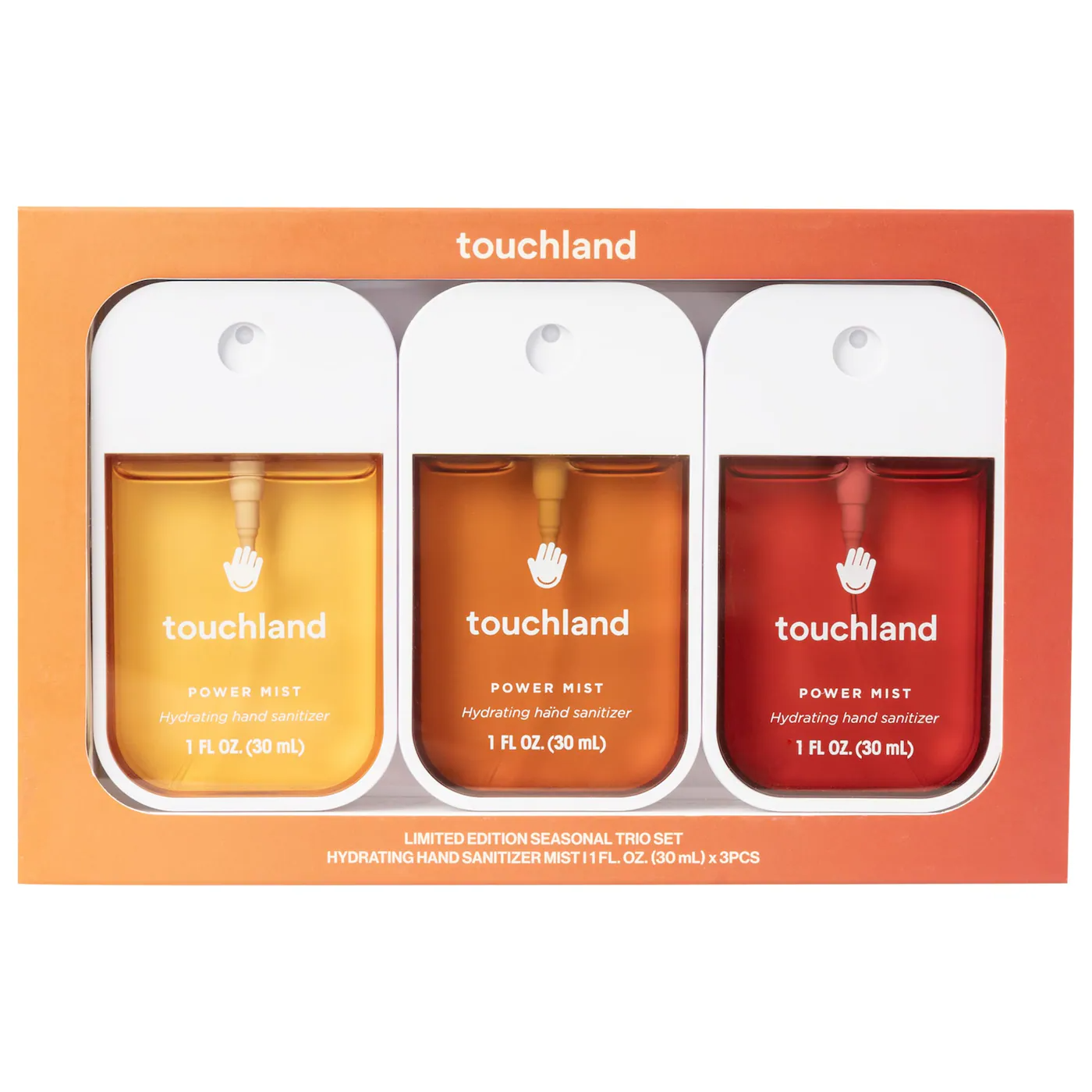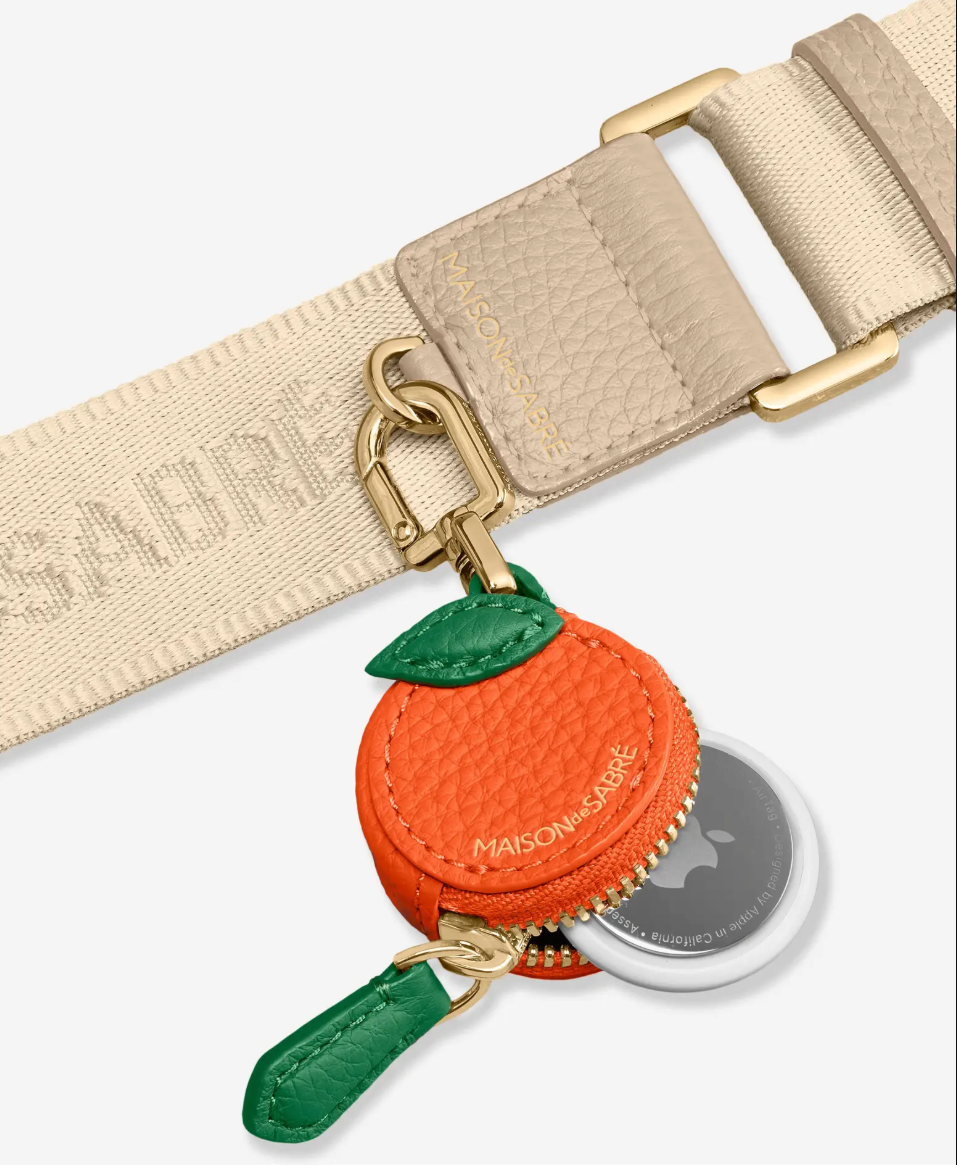
For me, growing up in 2010s—years before lace-front wigs and Afro-textured extensions became mainstays across the Black hair space—in order to sport silky smooth hair that blended into even the most streamlined of weave wefts, only one straightening option was king: a relaxer
However, over the past few years, as more and more research about the possible dangers of relaxers (a 2021 Oxford Academic Carcinogenesis Journal study found that frequent, long-term use of lye-based relaxers could have serious health effects), many people with textured hair have begun to look for alternatives to the straightening options. The one that has stood out as a front runner? The silk press.
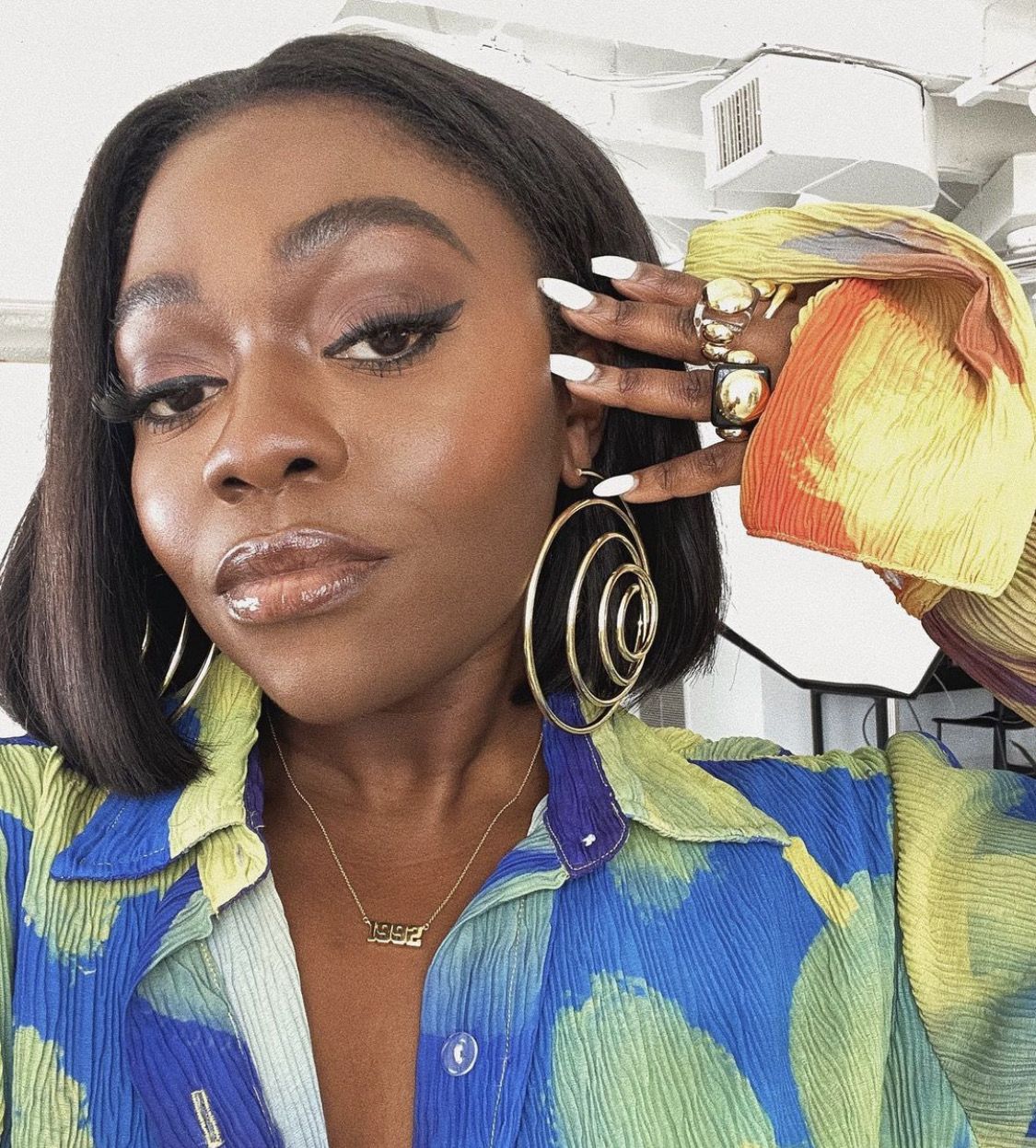
“A silk press is a non-chemical way to straighten naturally curly and Afro hair without permanently reconstructing the curl,” says celebrity session hairstylist Joy Matashi, who has worked with stars from A$AP Rocky through to Michaela Coel. Great for all textured hair types, “a silk press is traditionally performed by a professional hairstylist using Marcel irons (known for their high heats, even heat distribution and cone shape), heated up inside a stove or an electric base on super-clean hair and minimal styling products before the hair is pressed by straighteners,” Matashi goes on to explain.
Now, the style is typically created using electric straighteners and lasts about two weeks or until your next wash, be that eight or 10 days later, making it a great alternative for anyone still in want of a seamless blend with a weave or a change of style.
So if you’ve been considering a silk press, here is a step-by-step guide on how to create the look.

Matashi says that product-wise, “you want to begin with clarifying shampoo to get rid of any dirt. The goal is to literally want to build a pre-conditioner base the kind of something that’s like an anti-humectant to stop reversion that can be caused by humidity. In simpler terms, this means you want to cleanse your hair so that it’s open to taking in moisture from a conditioner that won’t leave any build-up or leave your hair so thirsty that it seeks out moisture in the air. This typically is what makes hair curl up after it’s straightened,” explains the stylist.

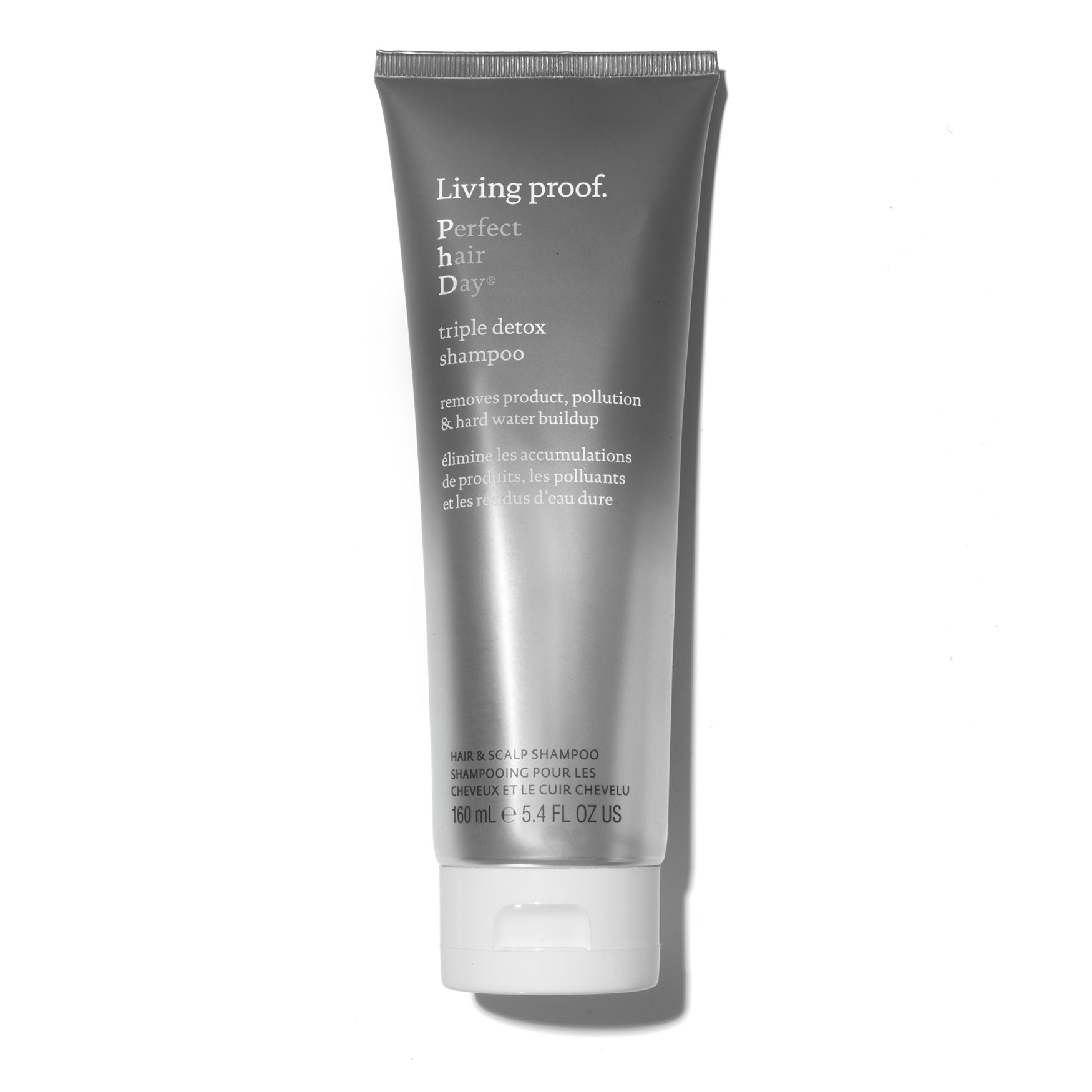
“I would highly recommend that you go to a professional, somebody with experience, for your silk press. However, if you feel comfortable enough to do it at home, you should aim to fully detangle and condition your hair for around 15 minutes,” says Matashi. For an added boost, try using a conditioning cap and heating your hair with a blow-dryer.
Aim for full product penetration and nourishment to the point where you don’t feel the need to “use any oils or creams post-wash, because silk presses are really all about how you wash and condition your hair, and how well you do that ultimately determines sleekness and the bounce. If it feels stiff, it’s likely your hair still has some product build-up that stopped the conditioner from fully hydrating your hair,” continues Matashi.
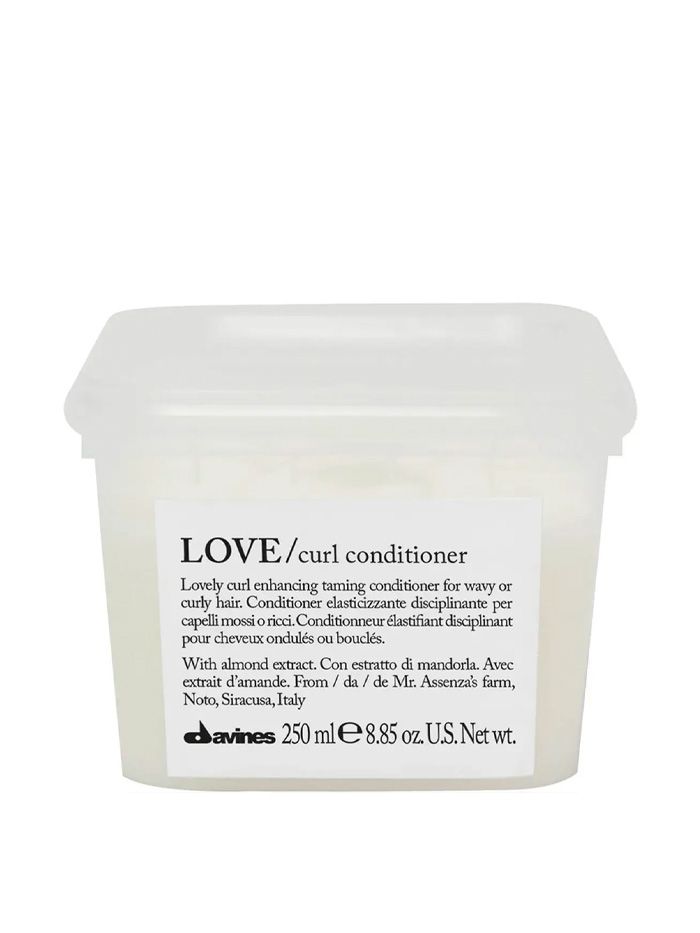
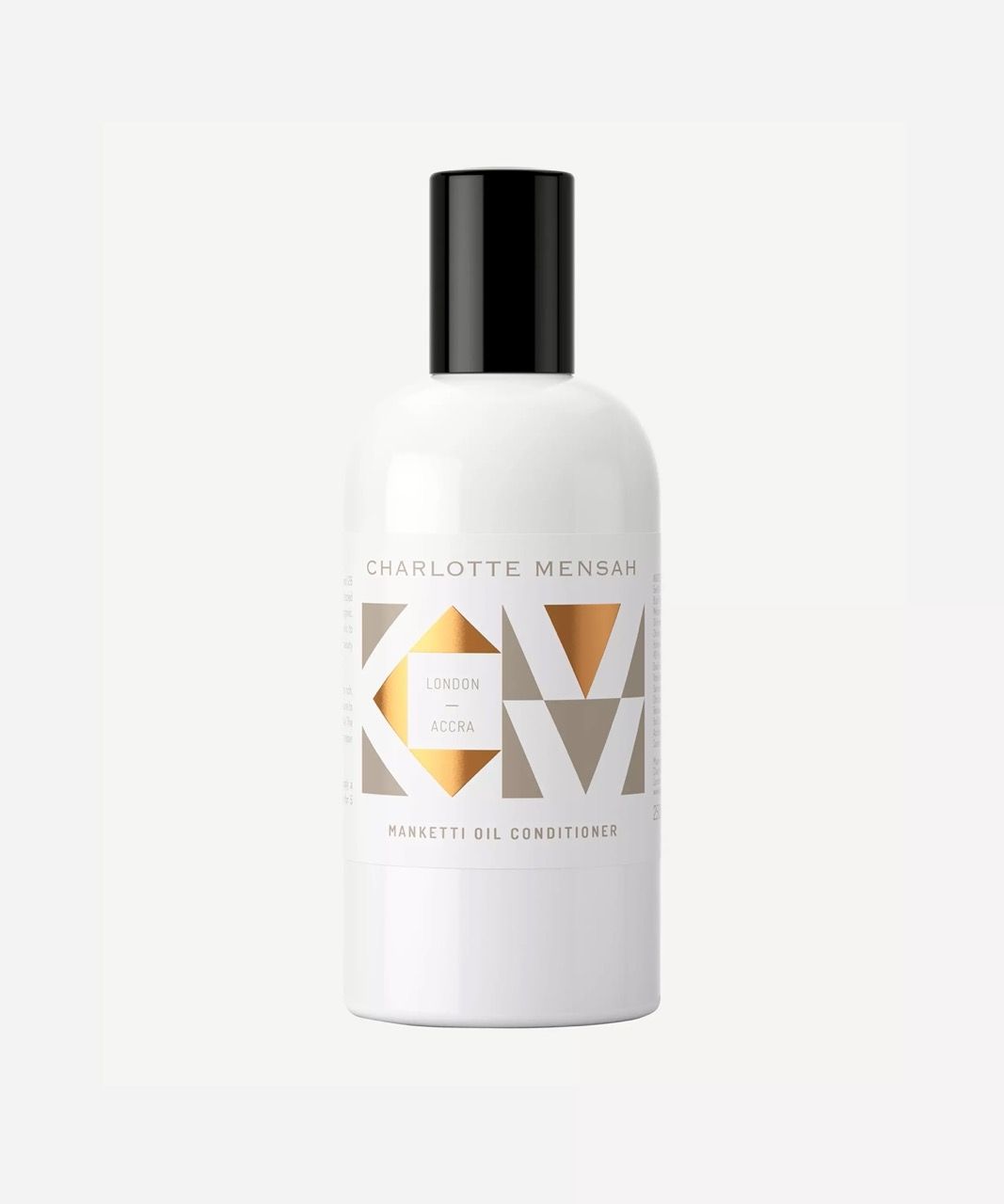
“Both Keracare and Chi are great sealant options brands for when you opt for silk press as well. These days you definitely don’t need a hot comb or that all-too-familiar oil sizzle of the burning iron, to achieve a silk press so in order to lock in moisture and create a lasting style arm yourself with these serums a powerful hairdryer with controllable heat dial along with heat protecting serums, to achieve a sleek finish” Matashi reveals.
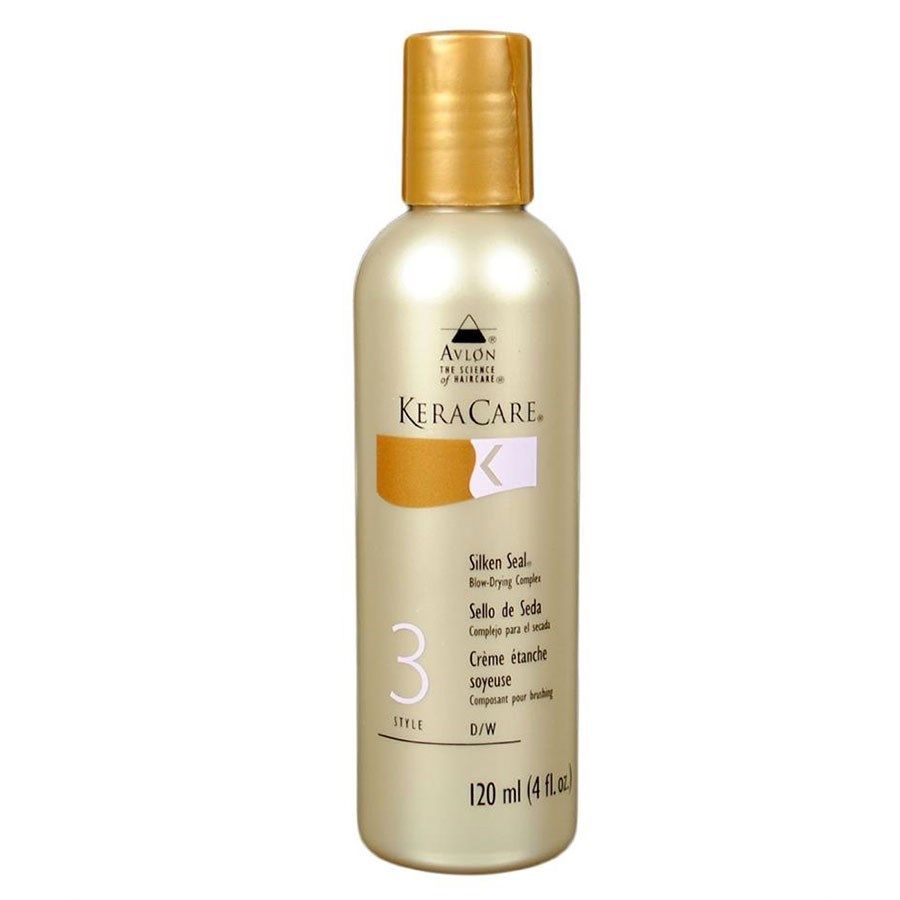

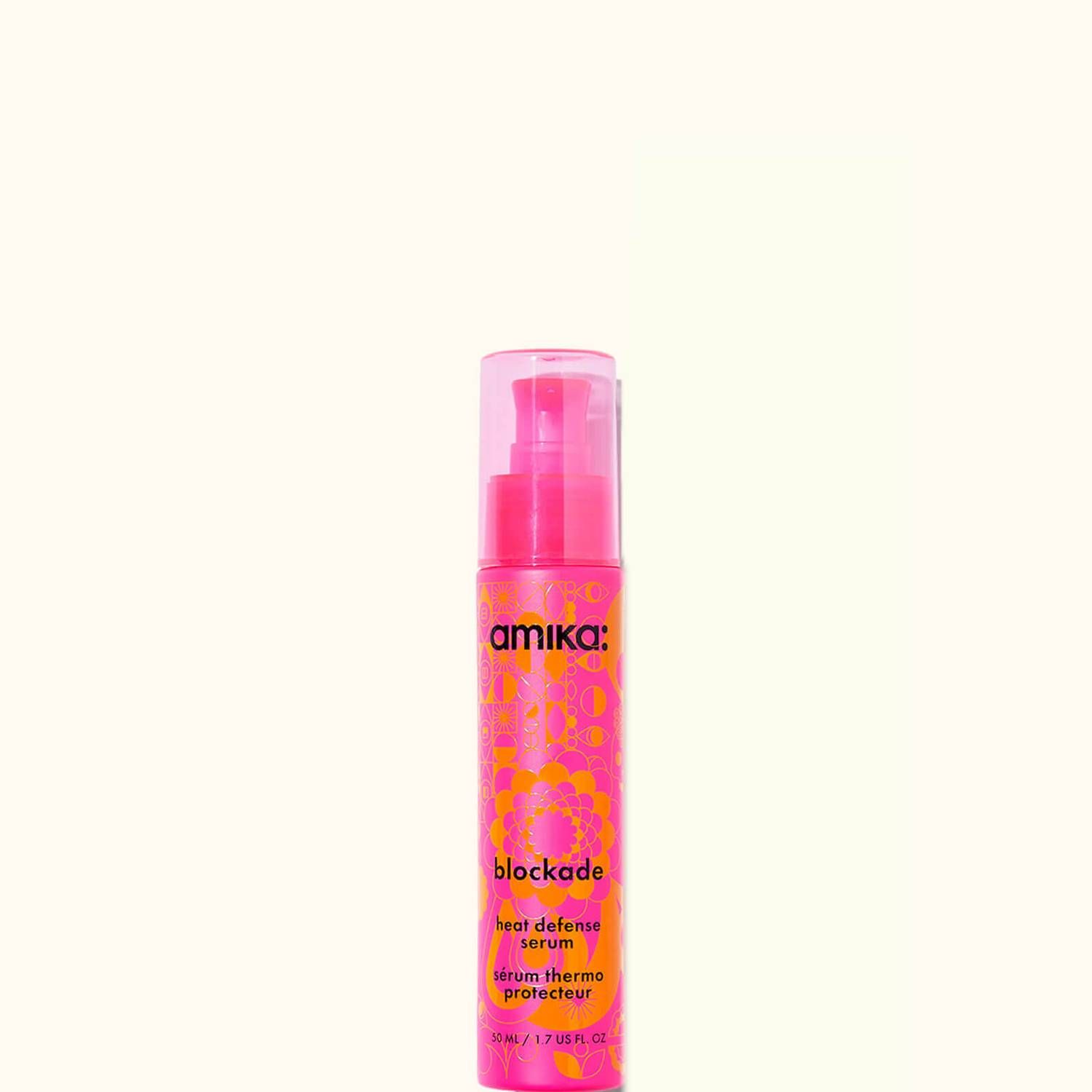
According to Matashi, a great silk pressis all about sectioning. “After washing, conditioning and blow-drying the hair, make sure each section is coated with sealant before passing over once on the section. (This is the press part of the style.)” This lack of manipulation with tools is what makes the silk press so popular as a semi-permanent straightening alternative for coilies and why proper detangling and conditioning is vital.

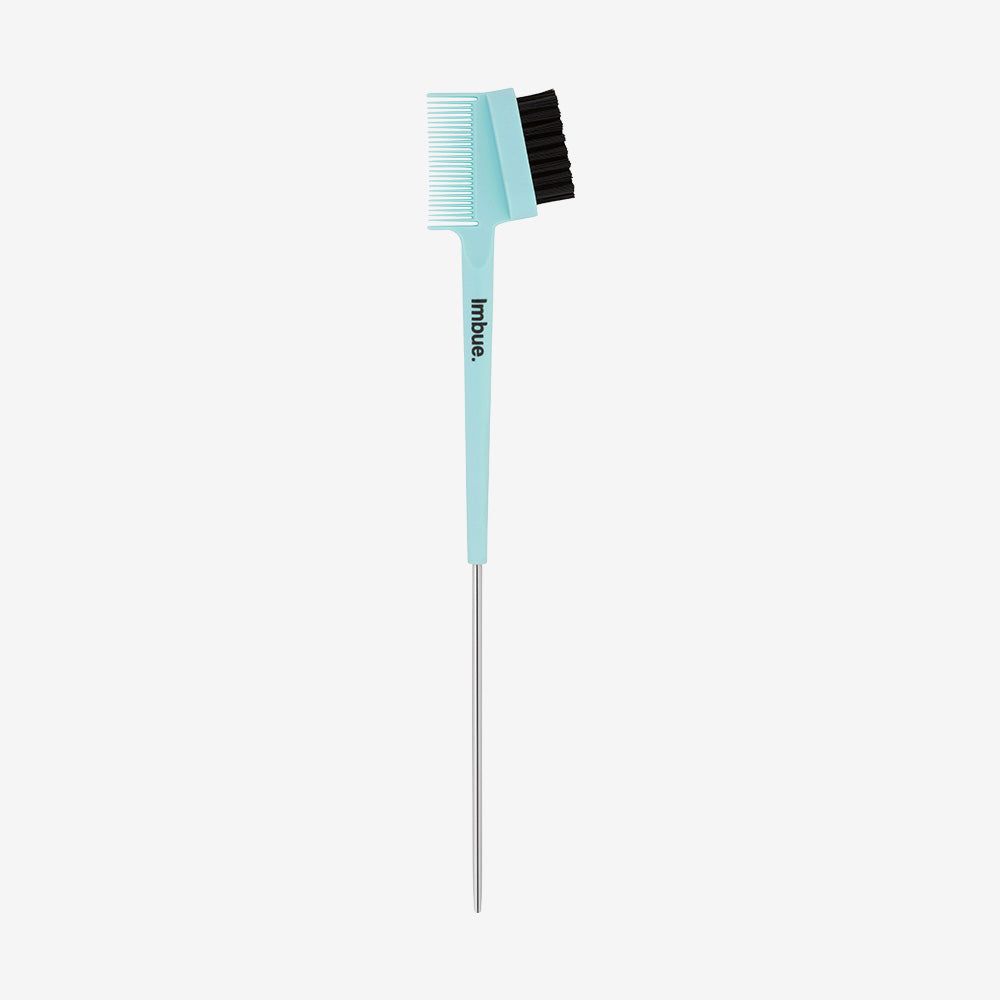
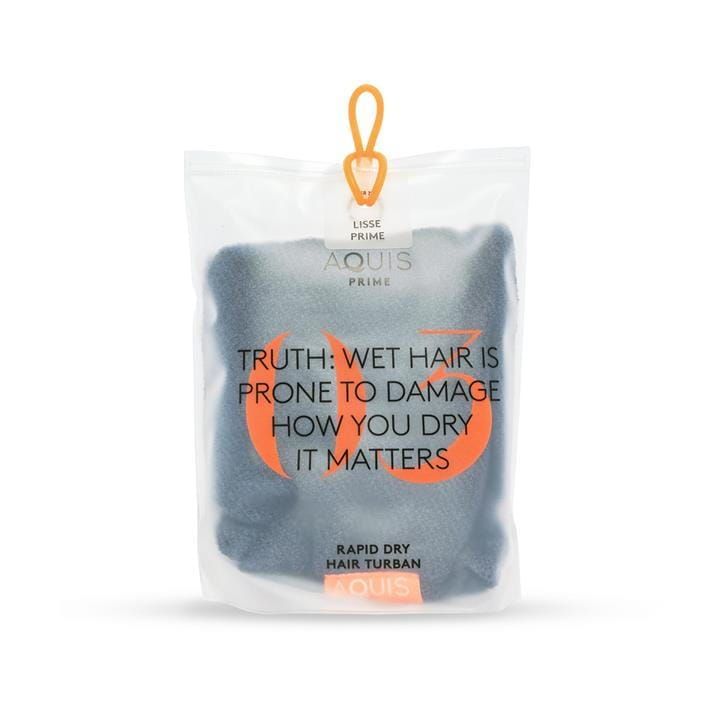
Maintaining your silk press relies heavily on moisture-proof aftercare, so Matashi advises using “a silk wrap to secure your hair at night after combing your hair with a wide-tooth comb clockwise so the hair lays across the circumference of your head,”
If you love working out, then try to “wear a headband or the Aafro-friendly Dri Sweat Band (£13) across the front of your style and let your hair dry completely before taking off the headband. It will keep the roots nice and elongated,” says Matashi.
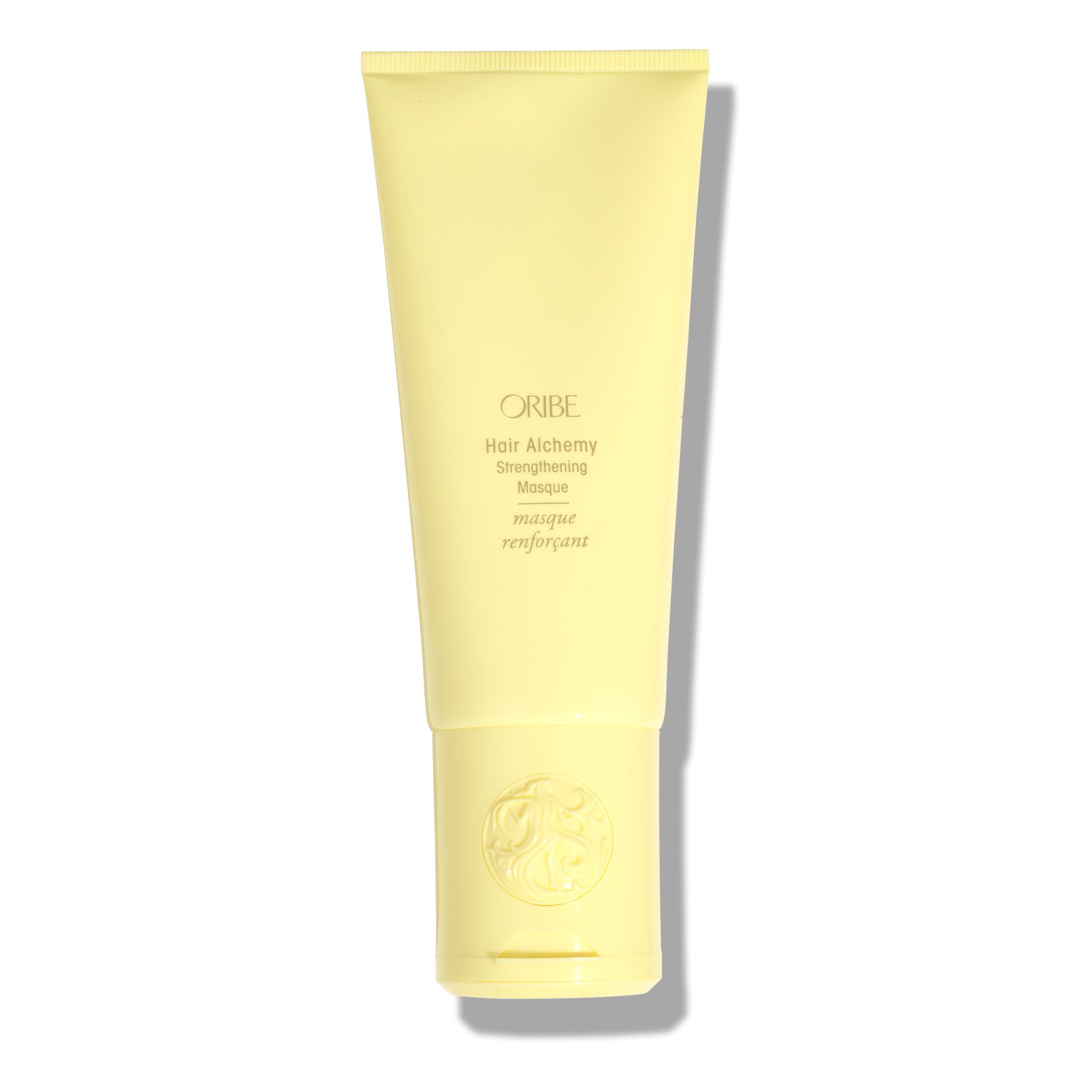
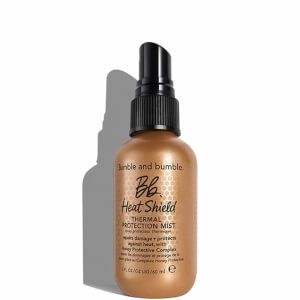
Up Next: The Experts, Brands and Products That Celebrate Natural Hair in All Its Glory



